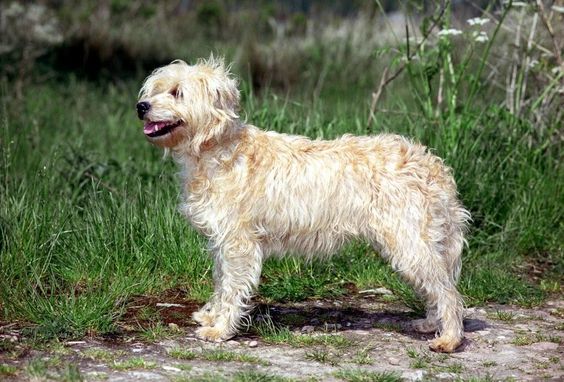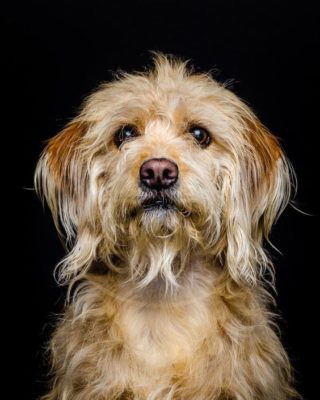Dutch Smoushond
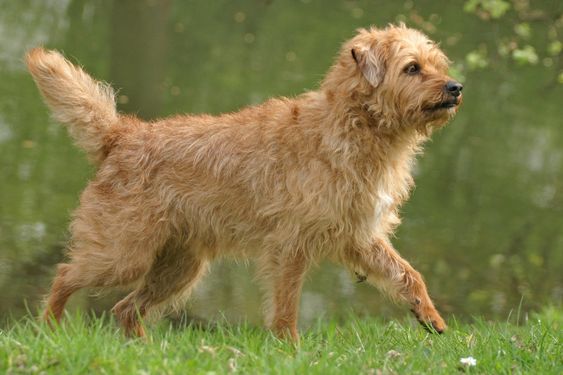
Dutch Smoothhounds are very cheerful, lively, and energetic dogs. They will willingly play with you and spend a lot of time. They get along well with children and other animals living in the same area. They quickly become attached to their family and willingly protect it. They are wary of strangers and may bark loudly.
Table of Contents
Breed Information
| Another Name | Dutch Ratter, Hollandse Smoushond |
| Origin | Netherlands |
| Height | 35-43 cm |
| Weight | 8-10 kg |
| Fur | Rough, stiff, ruffled, curly, with an undercoat |
| Color | Solid: yellowish-red in various shades |
| Lifespan | 12-15 years |
| FCI Classification | Pinscher and Schnauzer – Molossoid and Swiss Mountain and Cattledogs |
| Group | Service dogs |
| Price | $350-450 |
Breed Photos
Origin History
The Dutch Smoushond is little known outside the Netherlands. The dogs appeared in Amsterdam in 1850. They immediately fell in love with the residents and became very popular as companion dogs. They usually lived in stables, catching rats and protecting horses. The first standard the breed received in 1905.
World War II harmed the breed’s development, and after the war, the Dutchwoman Barkmanvan der Veel made a lot of effort to restore the Dutch Smoushond. In 1977 the club of the Schmohund was established. Soon the breed was approved by the FCI (International Cynologique Federation).
Appearance
The Dutch Smoushond is 35 to 43 cm tall and weighs about 8 to 10 kg. The physique is strong and muscular.
The wool is approximately 4-7 cm. It is coarse, curly. It is short on the head and long on the cheeks. The face has long eyebrows, which are great for protecting the eyes from water and dust, and there is also a beard and mustache.
Full coloration is yellowish-red in various shades, such as straw-yellow. It can also be without shades. On the muzzle, the whiskers and beard may be darker. The pet’s ears are high set, triangular, and hanging. The tail is medium length or cropped, fluffy. The paws are small, more like a cat’s.
Character
Dutch Smoushonds are very cheerful, lively, and energetic dogs. They will willingly play with you and spend a lot of time. They get along well with children and other animals living in the same area.
They quickly become attached to their family and willingly protect it. They are wary of strangers and may bark loudly. Dutch Smoushonds are devoted to their owner and cannot spend much time without them. Their sense of affection will make the pet bored if they are alone for long periods.
The dog loves to play with toys, especially games where he has to look for small objects. Its primary purpose of catching mice influences it. Make sure there is always something to play within the house. Otherwise, the Dutch Smoushond may use household items to play with.
The dog can easily be used for home security because it is very attentive, loyal, and has a loud bark.
Care
The Dutch Smoushond does not require much care. The pet can live in a city apartment without problems. About an hour a day, you need to play with him actively. Otherwise, an overabundance of energy can lead to the fact that the animal starts to harm the house. Representatives of the breed are well adapted to all conditions and temperatures. If you live in the countryside, you can easily place the dog in an aviary, as a thick coat will not allow the dog to freeze.
The coat needs regular brushing. Twice a year, the dog should be trimmed, but not the hair on the head.
Systematically trim the hair between the claws and pads and also in the ears. Bathe when dirty.
Training
The dog systematically needs to get rid of excess energy because the dog itself is considered very active. With the Dutch Smoushond, you should take regular walks and combine walks with physical activity. For example, ride a bike and call the dog to run beside you.
Pets are brilliant, obedient, and not inconsistent in training. It is enough to show its authority, the seriousness of purpose, and admiration when it will obey commands.
Common Diseases
The breed has good health and rarely has hereditary diseases. It is necessary to ensure that the dog does not overheat and its weight is average because they are prone to overeating.
Nutrition
The basis of the pet’s diet should be proteins – meat, fish, eggs, dairy products.
If you choose to feed dry food, make sure it is of high quality and contains vitamins and minerals. The dog should always have free access to water.
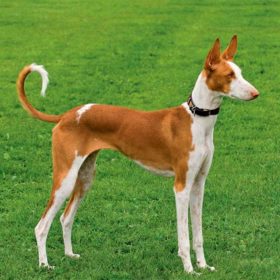 Podenco Canario
Podenco Canario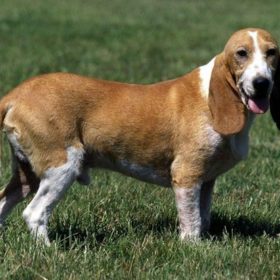 Small Swiss Hound
Small Swiss Hound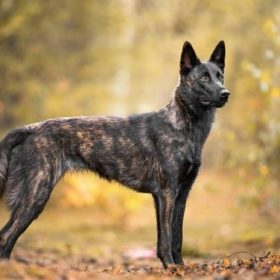 Dutch Shepherd
Dutch Shepherd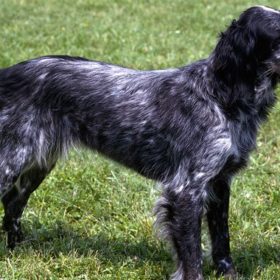 Blue Picardy Spaniel
Blue Picardy Spaniel Lithuanian Hound
Lithuanian Hound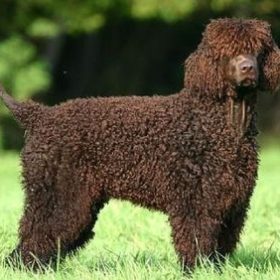 Irish Water Spaniel
Irish Water Spaniel